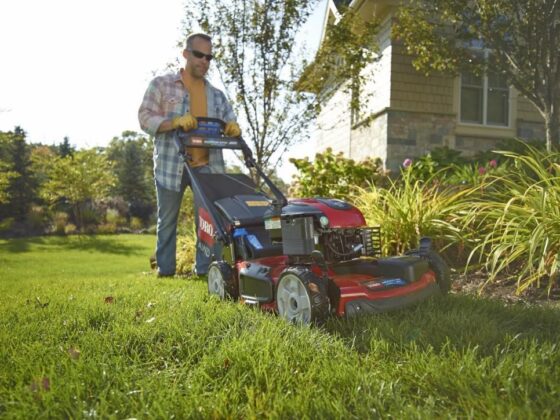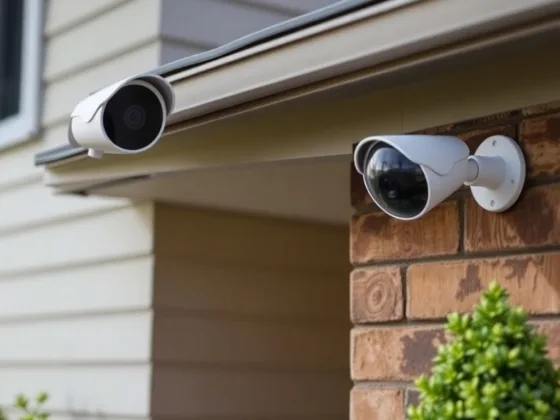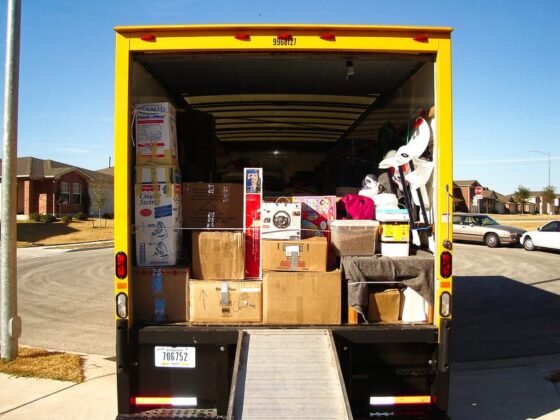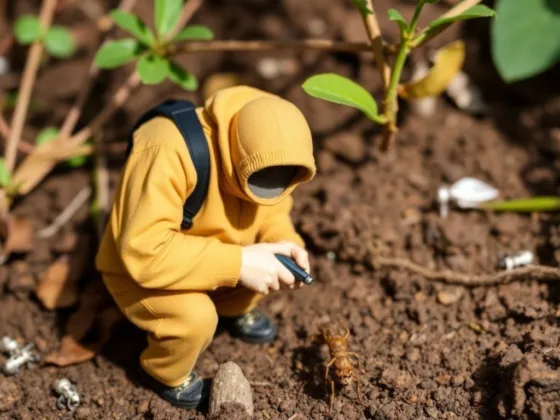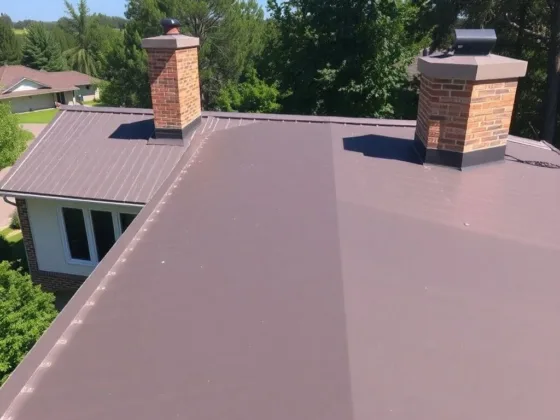Table of Contents Show
A lot of people have seen their share of rough weather over the years.
Tornadoes, hurricanes, hailstorms, and summer squalls that bring with them driving wind and rain to wreak havoc on roofs or other exterior home surfaces are only too common in certain parts of America.
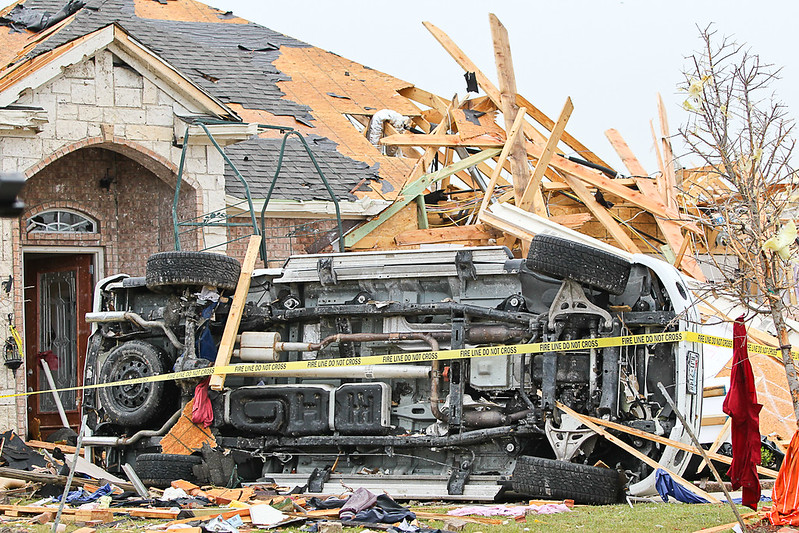
Things to Do Once the Storm Has Passed
It’s not uncommon for homeowners to be left with the aftermath of a major storm, wondering what they should do next.
Here are some steps you can take when it comes time to assess and repair your roof after taking on damage during inclement weather:
Types of Roof Storm Damage
Debris
The storm is over, but in the aftermath, your roof still has a lot of work to do.
From small branches and leaves that got caught up in the wind, you may be left with some unwanted items on top of it all – like those long pieces of tree limbs or anything else too heavy for this time around!
If there was any damage incurred from large objects falling onto your shingles during or after the event (or even lighter ones!), make sure to call someone out right away so they can fix them as soon as possible before the water causes mold growth within weeks.
Wind
If you hear the sound of a hurricane brewing, it’s time to take precautions. High winds can tear shingles and leave your roof vulnerable during less severe storms as well!
If an impending storm has given you cause for concern, be sure not to forget about protecting yourself from high-wind damage too.
Shingles are overlapped purposefully before installation because water needs somewhere to go when rain falls on them – but this overlapping creates potential risks if the wind is strong enough that it lifts or curls those tiles up into breakable pieces.
Standing Water
Standing water and clogged gutters are the two most common causes of potential roof problems.
After big rainstorms, when you see standing water or a puddle on your rooftop, make sure to go up there with an inspection ladder and take care of those issues before they can cause any damage!
Read Also:
Hail
A hailstorm is a short-lived storm that can leave dents in your shingles and knock granules loose, meaning you may need to get up there with the ladder soon!
Roof Storm Damage Checklist
The roof is an integral part of the home. It protects your belongings and keeps you safe from outside authorities like weather, animals, or even intruders!
If it’s been a while since you’ve checked on yours then read up with this handy guide to learn how.
Conduct a Roof Inspection
How do you know if your roof needs fixing? There are a number of ways to tell, but one way is by walking around the perimeter of your house and taking note of any visible storm damage.
You might also have a good view from some key points in your home such as windows or porches.
When documenting what you see, keep track with notes (or pictures) – this can be helpful for insurance purposes later on down the line!
The first inspection the homeowner should do is on the exterior of their home. Start with looking at your gutters and roofing accessories, such as gable vents and other overhangs to see if there are any dents that need attention.
Windows should be inspected for cracks or broken glass, loose weather-stripping, or torn screens before winter arrives in order to keep drafts out this coming season
The last thing you want is a draft sneaking into your home when all you wanted was some cold air! Inspect windows now so they’re free from these pesky problems to come fall time.
Walking around your home’s exterior to see if it had any recent damage from the storm is important, but don’t forget about checking what you can access easily and without stepping outside.
Look for fallen tree limbs or missing fence posts in close proximity to your house; as well as hail-damaged surfaces on patios and decks near ground level.
If you think your roof is leak-proof and watertight, it might be time to take a closer look. The outside of the house may not tell the whole story because small leaks can turn into major problems in no time at all.
You should inspect regularly for signs like drips on ceilings or fixtures, puddles near windowsills (which could indicate that rainwater has seeped under siding), moisture buildup inside attics and basements as well as rotted framing boards due to inadequate ventilation next to chimneys which have caused roofing tar membranes underneath them “to become brittle enough so they crack.”
Contact A Roofing Contractor
Selecting a roofer is never an easy process, but if you know what to look for and ask when talking to contractors it will be much easier.
Here’s how: make sure they are licensed; insured; can provide strong warranties on their work (especially in the case of storm damage); have assessed your needs beforehand so there aren’t any surprises during or after installation.
Checking out online reviews about other people’s experiences with this company also helps ensure that its good quality service which you’re going get!
Home Insurance
It’s important to stay on top of your homeowners’ insurance company following a storm.
Their representatives can help you file a claim and get adequate compensation based on the notes and photographs that you collected from performing an assessment for potential damage to your home during the storm, which they may send their own assessor or inspector out to evaluate once it all settles down with time.
